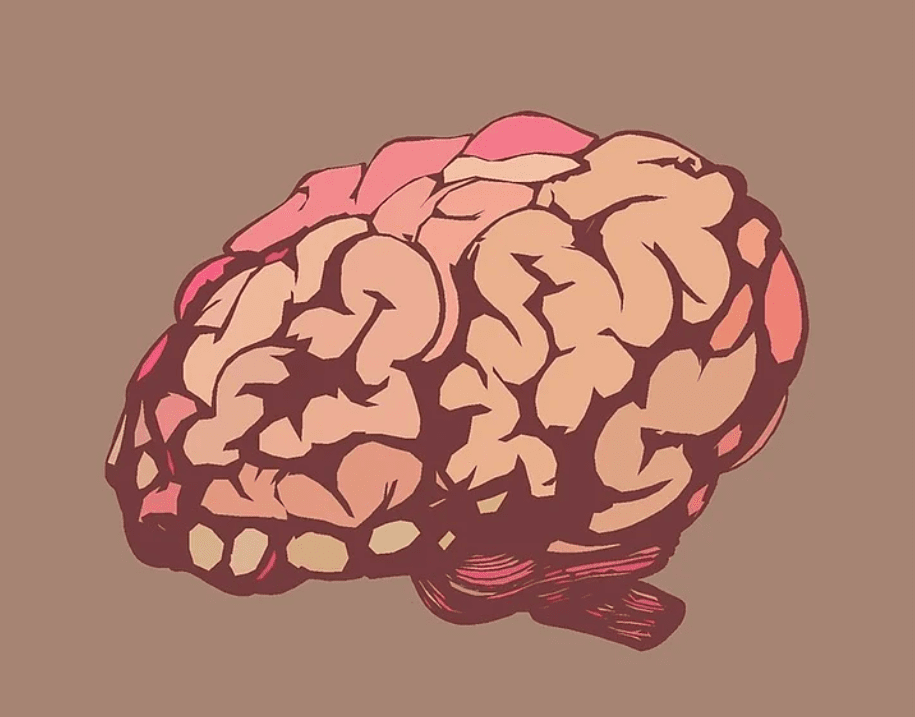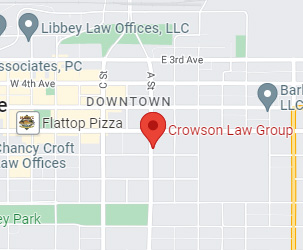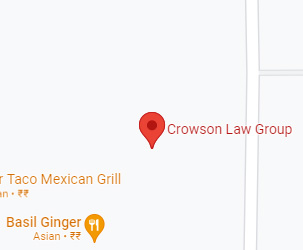Brain Injuries and Amnesia after Car Accident Explained

The brain is the central hub of the nervous system, as a result, any injury to the brain can have serious consequences. This article will discuss skull fractures, neurological injuries, cognitive disorders and trauma induced memory loss and amnesia linked to brain injuries.
The scope of brain injuries cover any serious injury to the head that has long lasting mental and physical impairment.
There are basically five main forms of head injury after a car accident, these are:
- Traumatic brain injury
- Closed head injury
- Skull fractures and brain injuries
- Neurological injuries and cognitive disorders
- Trauma-induced memory loss and amnesia after a car accident
Skull Fractures and Brain Injuries
At times blunt force trauma can result in the fracturing of the skull which may cause damage to blood vessels, membranes and the brain. Such injuries are as a result of heavy objects falling onto an individual or being struck by one, for legal advice in this regard contact a personal injury lawyer Anchorage Ak today.
There are basically four types of skull fractures, these are:
- Linear fractures – such factors spread through the entire skull from the outer table to the inner table. More often than not they are straight hence the name linear. While all skull fractures are serious, linear ones are not as damaging and may only be a cause of concern if they come close to a joint in the skull. When this is the case, it will result in complications such as a buildup of blood, chances of a stroke or abnormal separation.
- Depressed fractures – are the result of blunt force trauma causing skull bone to get displaced inward. Such fractures have a higher risk of putting pressure on the brain resulting in crushed tissue and blood vessels. Depressed fractures to the skull may result in the skull coming into contact with the outside environment causing infection. In order to repair such fractures would require surgery.
- Diastatic fractures – this is common in infants but is possible in adults as well. They are a result of a fracture line going across a suture of the skull.
- Basilar fractures – these happen at the base of one’s skull. The symptoms include leaking fluid from the ears and nose and bruising in the eyes.
Neurological Injuries and Cognitive Disorders
When we speak about cognition [What Is Cognition? (verywellmind.com)] it basically describes our brain’s ability to process, think, solve problems and store information. As such, when an individual has a cognitive disorder it basically means that the brain’s ability has become limited. Cognitive disorders are results of interruptions to basic cognitive functions; this includes the processing of memory, language development, problem-solving and perception. Some characteristics of cognitive disorders include anxiety disorders, obsessive compulsive disorders, and panic disorders. Neurological injuries that result in disorders may be caused by physical trauma, infection or genetic diseases.
Trauma-Induced Amnesia and Memory Loss After Car Accident
Memory loss can happen suddenly or gradually and can either be permanent or temporary. Some causes of memory loss are:
- Brain trauma
- Depression
- Drug or alcohol use
- Infections
- Certain medications
There are three main forms of amnesia after an accident. These are transient global amnesia, anterograde amnesia and retrograde amnesia. Anterograde and retrograde amnesia are closely linked to traumatic events or experiences.


